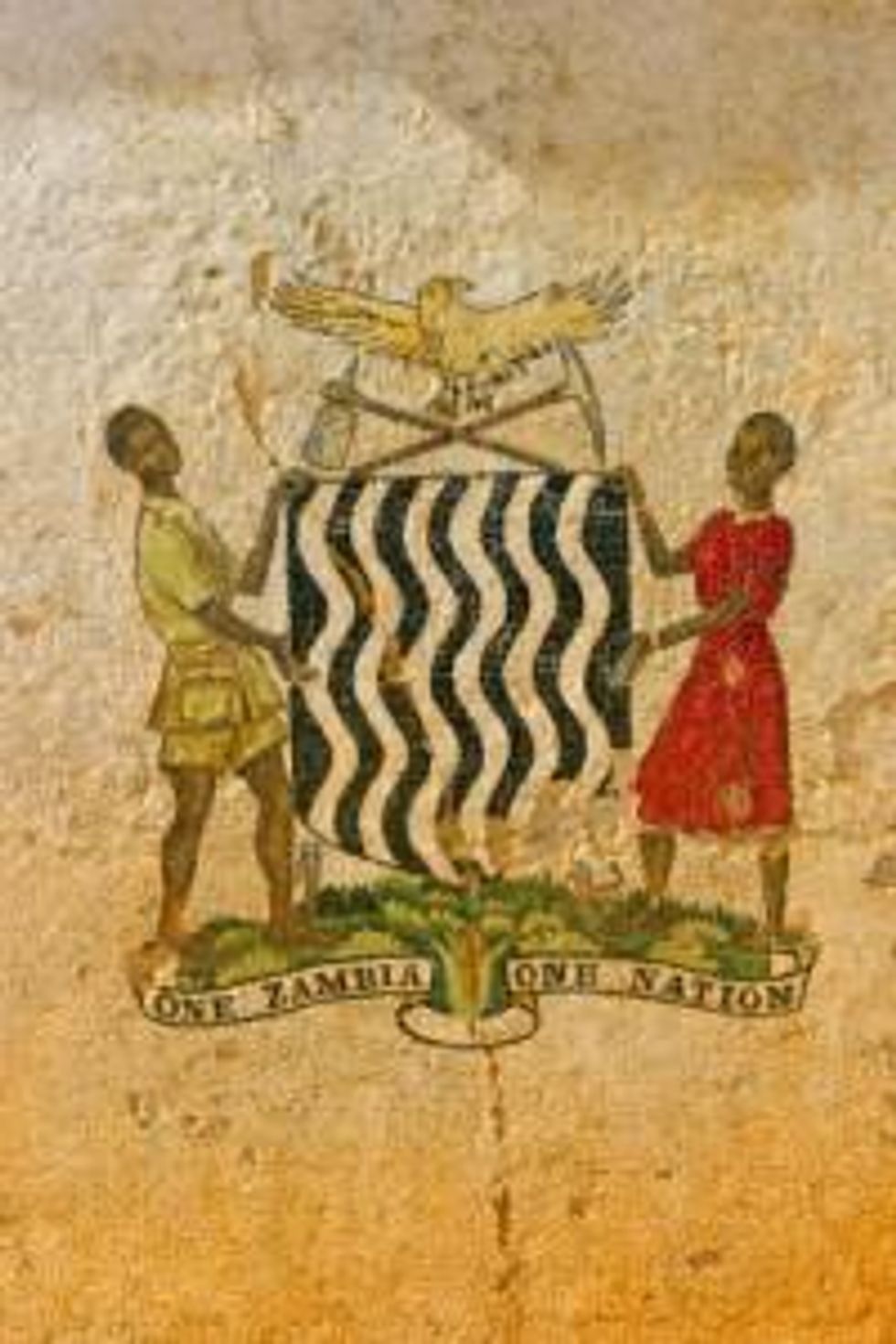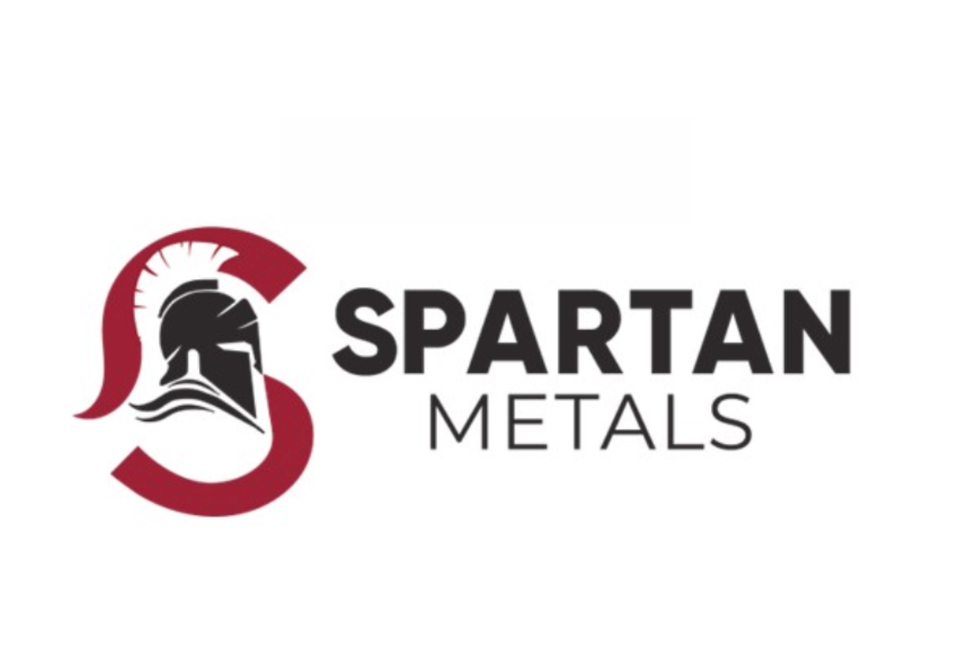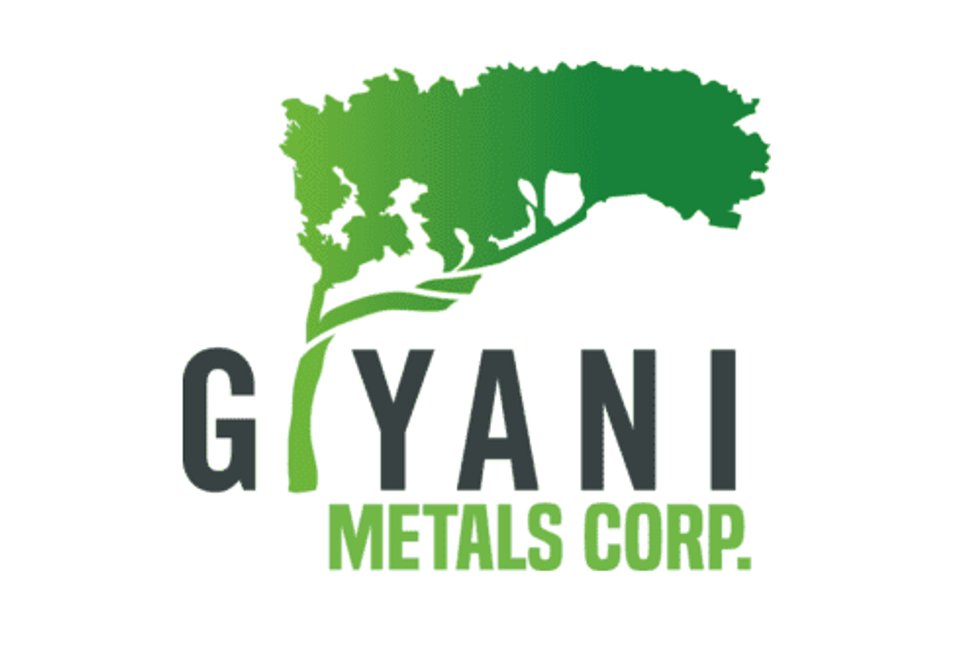The Southern African country is currently an also-ran in the global manganese market, but that could be about to change.
The landlocked African nation of Zambia is best known for its copper. In 2012, it produced 675,000 metric tons (MT) of the metal, good for seventh on the US Geological Survey’s (USGS) list of leading copper-producing countries. However, the country is looking to lower its reliance on copper by encouraging the development of other metals, including coal, uranium, iron ore and manganese.
Estimates of Zambia’s manganese reserves are hard to come by. In March, Zambia Manganese Corporation’s smelter general manager, Leon Erasmus, told an environmental impact assessment meeting that the country has 15 million MT of high-quality manganese. That’s obviously a very general estimate, but if substantiated, it would make Zambia roughly the world’s eighth-largest producer, behind Gabon, based on USGS data.
Zambia: open for business?
The country’s mining sector was nationalized in 1978 only to be reprivatized in 1998. Since then, the Zambian government has been taking steps to attract more foreign investment to the industry.
“Time-wasting procedures that may confront foreign investors elsewhere have been eliminated in Zambia and legal requirements have been reduced to an absolute minimum,” states the website of the country’s Ministry of Mines and Minerals Development. “Streamlined processing of paperwork and rapid decisions, guided by the Investment Centre, greatly facilitate all aspects of importation of equipment and export of products.”
The country is currently reviewing its Mines and Minerals Act and is expected to approve an amendment that will allow the granting of longer licensing permits. That will allow investors to “have the confidence that they will have security of tenure,” Mines Minister Yamfwa Mukanga was quoted as saying in a February 6 Mineweb article. “We are trying to attract more investment in the country by reviewing the legal framework. We are not going to go backwards,” he added.
The country ranks 94th, or roughly in the middle, of the 185 nations listed in the World Bank’s 2013 Ease of Doing Business index. That’s down four spots from last year’s ranking, but still well ahead of a number of other African nations, including Kenya (121), Ethiopia (127), Sudan (143), Liberia (149) and the bottom-ranked Central African Republic (185). However, importantly for miners, Zambia still ranks poorly on two important factors: getting electricity (151st) and dealing with construction permits (151st).
There are a number of major multinational mining firms with a presence in Zambia, most of which are operating copper projects. These include First Quantum Minerals (TSX:FM), Vedanta Resources (LSE:VED), Glencore International (LSE:GLEN), Barrick Gold (NYSE:ABX,TSX:ABX) and Vale (NYSE:VALE).
Illegal manganese mining still poses a challenge
Despite the country’s strong mining potential, operating in Zambia still entails risk. For example, according to a recent report from Southern Africa Resource Watch (SARW), some manganese miners operating in Zambia’s Luapala Province are largely unregulated. Edward Lange, SARW’s Zambia coordinator, has said that’s because they are being granted licenses by the Ministry of Mines and starting work without any consultation with local people, which obviously runs counter to current mining practices.
“Manganese miners act with impunity — uprooting communities, destroying farmers’ livelihoods, wrecking the environment, providing no local benefits and paying far too little in taxes and levies,” said Lange in a December 11, 2012 Zambian Watchdog article. “What people do not realise is that most of these are Zambian companies, owned by MPs or government ministers, and they act just as badly as foreign companies — if not worse.”
“Manganese occurs in small pockets so companies move rapidly from one place to another without giving a second thought to the damage they leave behind,” he added. “The companies do not seem to care about the impact of their work on increasingly angry communities — ruined crops, huge empty pits and health problems — since they are not going to suffer any consequences from their appalling corporate behaviour.”
Active manganese miners in Zambia
A significant amount of Zambia’s manganese is extracted by small-scale and privately held firms. However, two ASX-listed companies are currently involved in the Zambian manganese business. Here’s a look at their operations.
Kaboko Mining (ASX:KAB) is focused on exploring for and developing manganese in Zambia. Its assets in the country consist of a 51-percent interest in five large-scale prospecting licenses and three small-scale licenses covering over 2,700 square kilometers, according to the company’s website. Kaboko continues to conduct further exploration to define manganese resources on these holdings.
On April 3, the company announced the acquisition of a processing plant to crush and process the ore from its Northern Zambian manganese project at Mansa. Kaboko is now developing a mine plan for the project, with a scoping study expected to be completed early in the current quarter. It will then undertake a 24-hole drilling program with the goal of extending the current mineralization. After that, the company aims to produce a JORC-compliant resource estimate.
The project will have an initial run rate of 5,000 MT per month, starting in the third quarter of 2013, according to a March 12 Proactive Investors article. That will increase to 10,000 MT per month by the end of the year.
The project is backed by a $10-million prepayment debt facility and manganese offtake agreement with Noble Group (SGX:N21)
Zamanco Minerals (ASX:ZAM) also explores for manganese in Zambia. It aims to develop its Serenje project, which includes a $60-million manganese processing plant that will start production by 2014, Mineweb reported in November 2012. Jacques Bandenhorst, managing director, has said the plant will have a capacity of 56,250 MT of medium-carbon ferromanganese and 9,600 MT of silicomanganese per year.
The company’s website notes that it has also entered into a joint venture with a Zambian national that holds a prospecting permit in the country’s Mkushi region. As well, it has had discussions with small-scale miners in the Mansa area to purchase material currently being stockpiled as waste, which it says it can smelt “to produce a high value product.” The company is currently conducting a bankable feasibility study, which it expects to complete by the end of the third quarter of 2013.
Securities Disclosure: I, Chad Fraser, hold no positions in any of the companies mentioned in this article.
Related reading:



